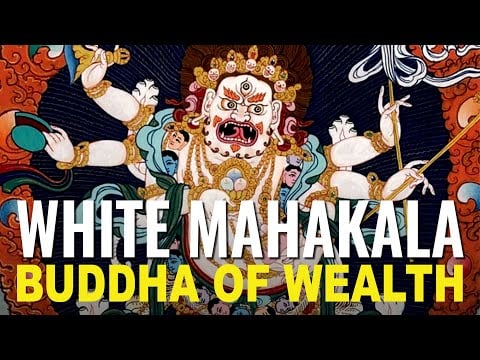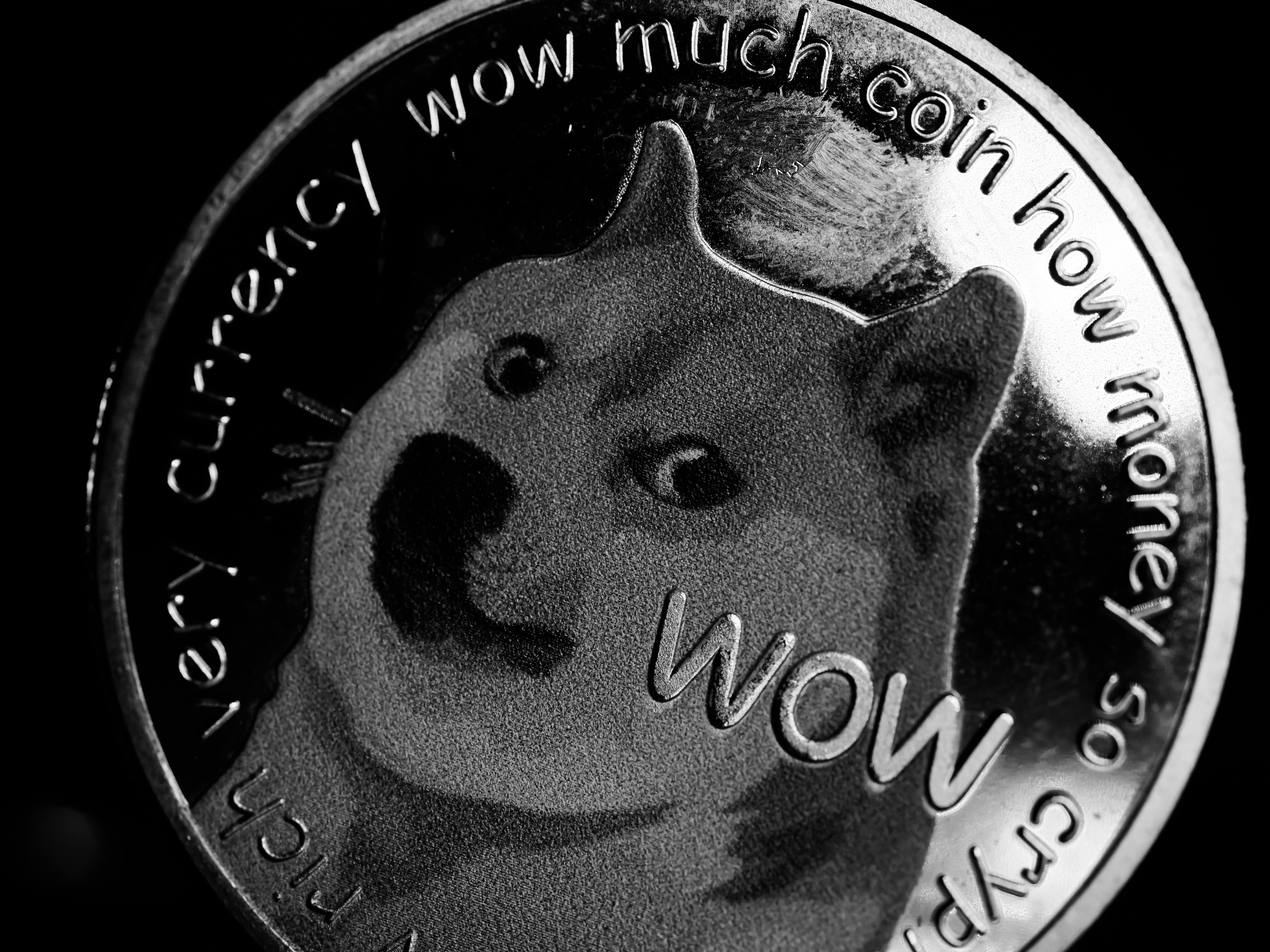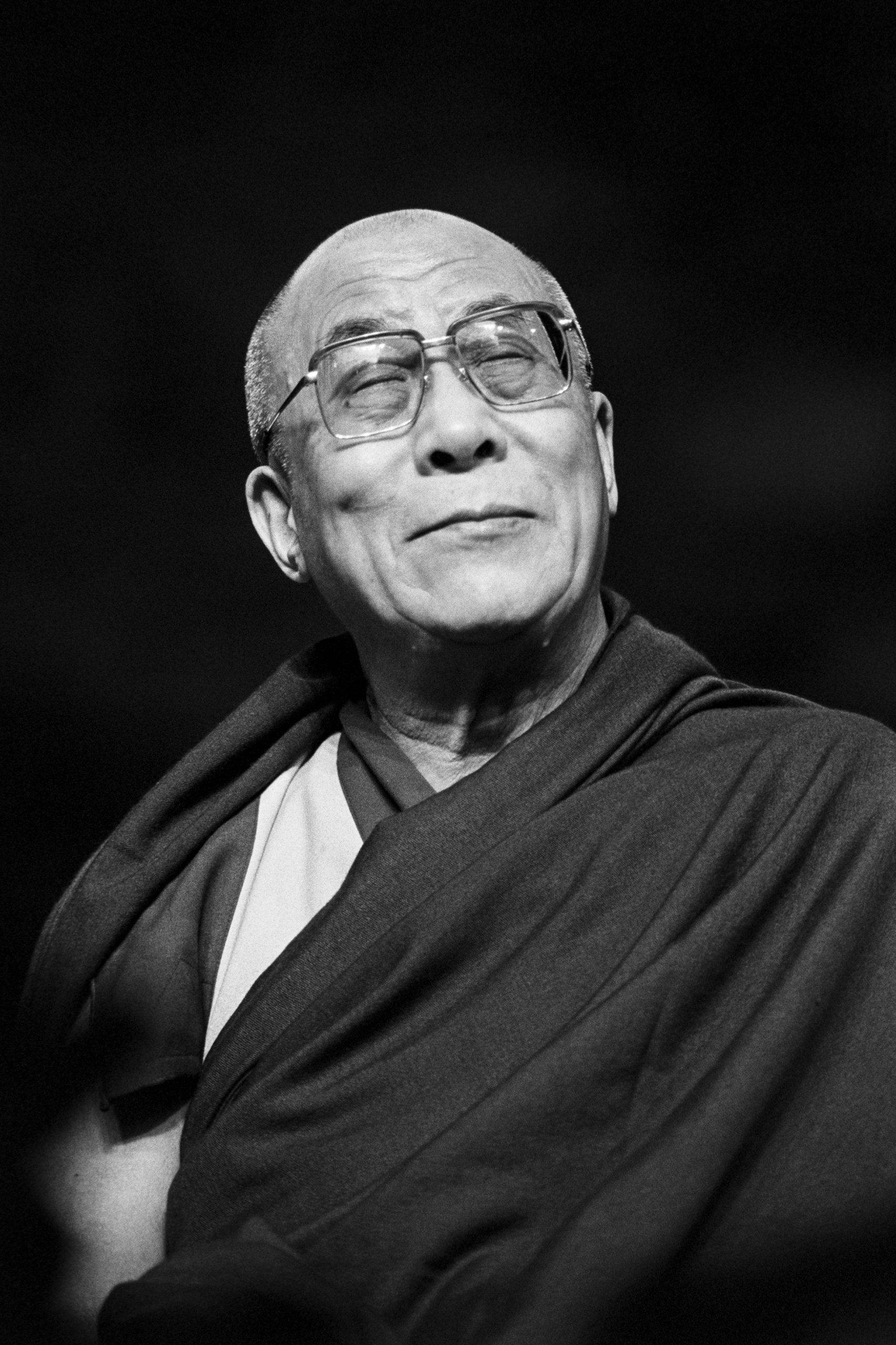Video Mantra: Mantra: 2nd White Tara of 21 Tara of Supreme Peace Sarasvati in Sanskrit 108 times
White Taras are all pacifying Taras. We visualize white light emanating from Tara as we chant the mantra, and entering our heart and going out to all beings in Samsara, healing them, pacifying their anger, poisons and diseases and...


White Taras are all pacifying Taras. We visualize white light emanating from Tara as we chant the mantra, and entering our heart and going out to all beings in Samsara, healing them, pacifying their anger, poisons and diseases and all the causes of suffering.
Video:
The second Tara of the 21 is one of six White Taras in the famous Lord Atisha lineage of 21 Taras, a daily practice for many devout Mahayana Buddhists. Each of the 21 Taras represents different activities — but all are the Enlightened, saving activities of glorious Mother Tara. The Second Tara is also associated with Tara’s emanated form as Sarasvati.
The great Lama Zopa Rinpoche, in his wonderful book “The Power of Mantra” explained that the 21 Taras was the first practice he learned as a child. He wrote:
“Although there are innumerable aspects of Tara, there are twenty-one main ones, which are usually visualized as surrounding the central green Tara when we recite the Praises to the Twenty-One Taras. Each has a different function and can bring a particular benefit to sentient beings. Whether we are troubled with illness, poverty, an impending court case, or any other difficulty, there is one specific Tara we can address to help us with our problem. The fact that so many holy beings have been able to offer extensive benefit to the world is due to Tara. The success that many common people enjoy is also due to Tara. In Tibet, it is very common to do a Tara puja for success or for overcoming obstacles such as sickness, where the Praises to the Twenty-One Taras is recited many times.” *
The Power of Mantra, Lama Zopa, available on Amazon**: https://amzn.to/4cEyl1i
Mantra:
om tare tuttare ture shantim kuru svaha
ॐतरेतुत्तरेतुरेशन्तिमकुरुस्वहा
As instructed by the great Lama Zopa Rinpoche, the Lady of Supreme Peace “pacifies diseases.”
Meaning of Mantra: As instructed by the great Longchenpa, for the activity of pacifying you add (suffix): SHANTIM KU RU SVAHA to the Yidam mantra, in this case Tara. For more on the formula for Activity Mantras, see our video: Supplicating Activity Mantras and 21 Taras Mantras: as Taught by Longchenpa and Padmasambhava:
Om Tare Tuttare Ture Svaha is the main Yidam mantra of Tara. In addition to the above activity, Tara’s mantra: Om starts most mantras and represents the body, speech, and mind of Buddha Tara. The syllables Ta and Re liberate
beings from samsara. Tuttare frees us from our fears. Ture liberates us from disease.
The overall meaning of this mantra, to be kept in mind as you listen or chant is, therefore: “Homage to Enlightened Body, Speech, and Mind of Tara (Om), Who Saves us from Samsara (Tare), the eight fears and dangers (Tuttare), and from all disease (Ture), who brings supreme peace (Shantim Kuru), thus it is (Svaha).”
No permission or empowerment is required for the 21 Tara’s mantras (although if you have an opportunity for transmission, this is wonderful karma.) Always be guided by your own teacher.
ART CREDITS
Lasha Mutal
Terma Tree
* Rinpoche, Lama Zopa. The Power of Mantra: Vital Practices for Transformation (Wisdom Culture Series) (pp. 63-64). Wisdom Publications. Kindle Edition*. On Amazon>>
** Affiliate link on Amazon.

 KickT
KickT 
































